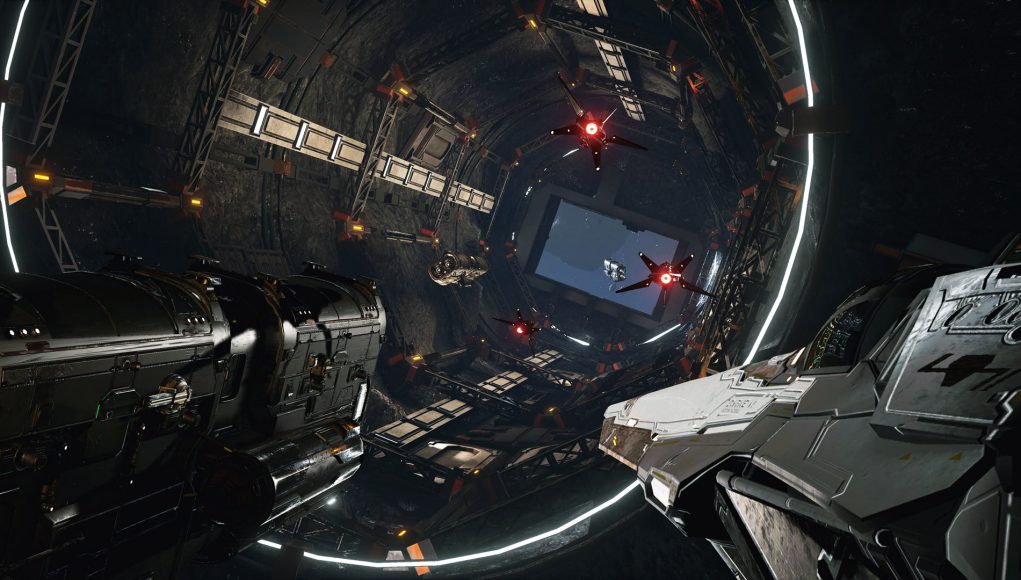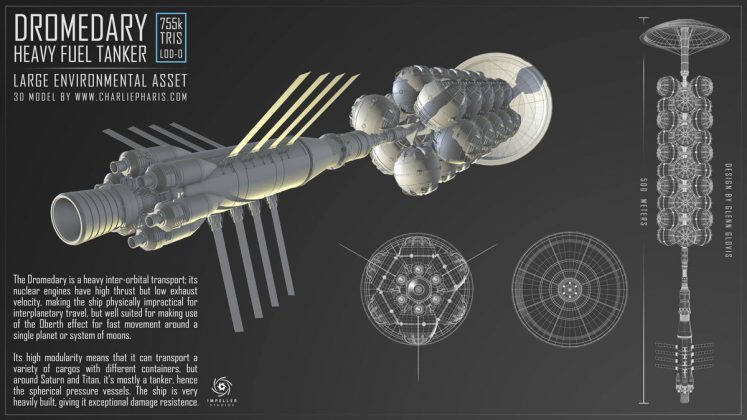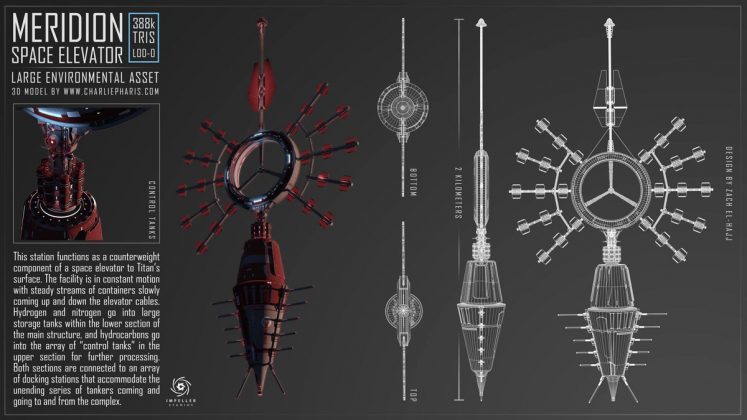Starfighter Inc., said to be the spiritual successor to X-Wing vs. TIE Fighter (1997), is one of the most interesting space combat simulation projects currently in development. Recently relaunched on Kickstarter, developers Impeller Studios’ new crowdfunding campaign has a smaller goal but much more to show.
Impeller Studios formed in 2013, launching their initial Kickstarter campaign for Starfighter Inc. in 2015, looking to raise $250,000 to assist the development process. Unfortunately, the campaign failed to reach its goal, stopping just 10% shy of the required funds. The team had already committed to completing the project, so development continued as promised, and now the project is back on Kickstarter, with a modest $150,000 goal, and a “stronger, clearer, and more detailed vision”. This time, the campaign’s path to success looks much more likely; with a healthy 21 days remaining, the project is nearing the halfway point of its fundraising goal.
The renewed appetite for space-based cockpit games over recent years has been partly fuelled by the resurgence of virtual reality technology, demonstrated by the success of Elite Dangerous, Star Citizen, and EVE: Valkyrie (2016). But Starfighter Inc. intends to tread a unique path, aiming to be the most realistic space combat simulation ever created.
Set in the year 2230, every piece of future technology has been imagined and extrapolated from a logical, engineering perspective, meaning “no stealth, no artificial gravity, no force fields, no FTL drives,” according project designer David Wessman, in an interview with The Escapist. Involved with all four iconic X-Wing games, Wessman leads a team of industry veterans at Impeller, alongside Jack Mamais, lead designer on Crysis (2007).
“Pure, unadulterated tactical simulation combat” is how Starfighter Inc. is described by the studio, with its gameplay focused around real Newtonian physics and heavy component damage simulation. The game aims to be more realistic than Star Citizen or Elite Dangerous, yet its PvP multiplayer space warfare centres around dogfighting, something that would be far more approachable with arcade-style physics, as found in EVE: Valkyrie. A brave combination, one that could be overly intimidating for the casual gamer, but Impeller’s hard science objectives are set in stone.
“All the game rules are based around hard science fiction, we’re not going to cater to a mass market, we’re going for a specific type of game”, insisted Mamais in a 2015 developer Q&A session. “When you finish our playing game, I think you’ll be able to really fly a ship in space, let’s put it that way.”
Perhaps it will ultimately pay off, as virtual reality and simulation go hand in hand; experiencing realistic physics while using a VR headset intrinsically feels correct, so there’s no doubt that VR will be the recommended way to play the game. VR support is comprehensive, covering all the major PC hardware – the HTC Vive, Oculus Rift and OSVR. Whether the unforgiving combat systems, frictionless flight model and dedication to hard science consolidate into a compelling product remains to be seen, but Impeller Studios’ boundless enthusiasm suggests they’re onto something they believe in deeply.









